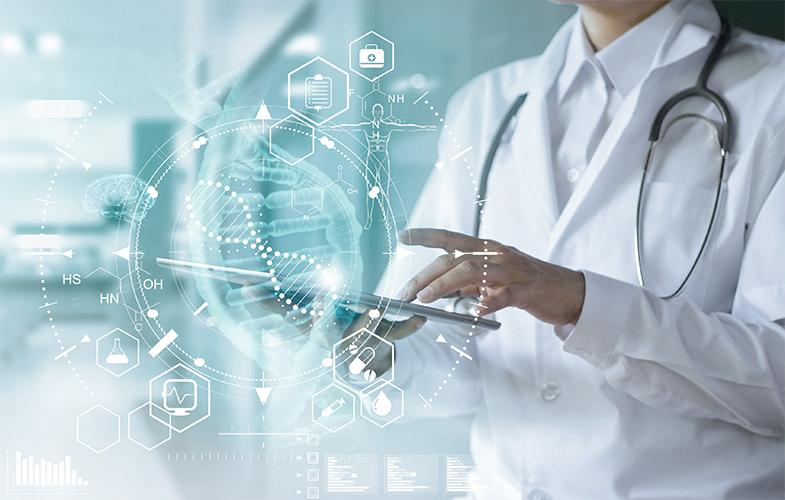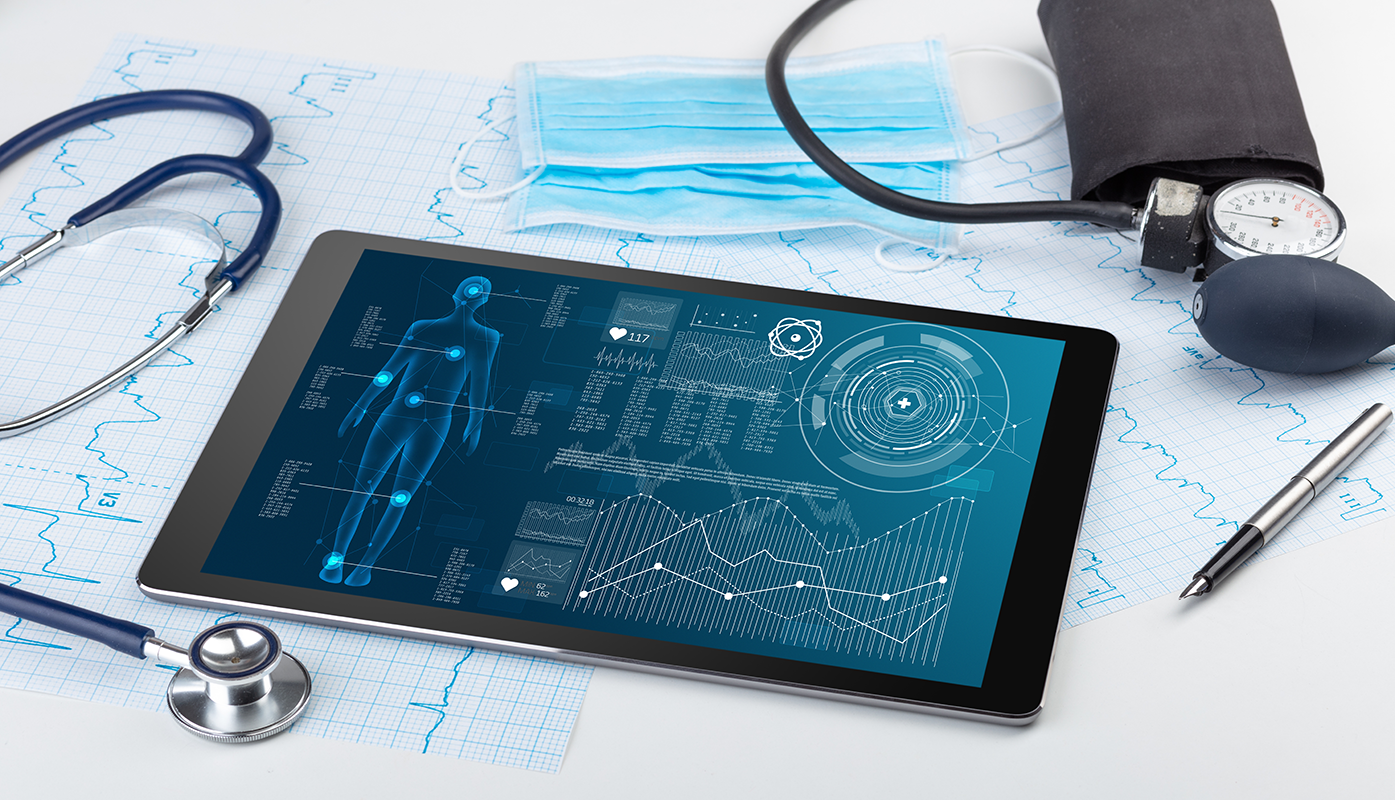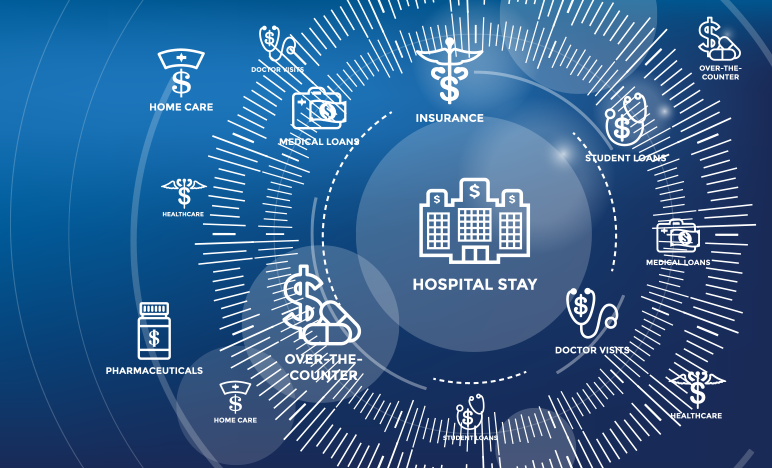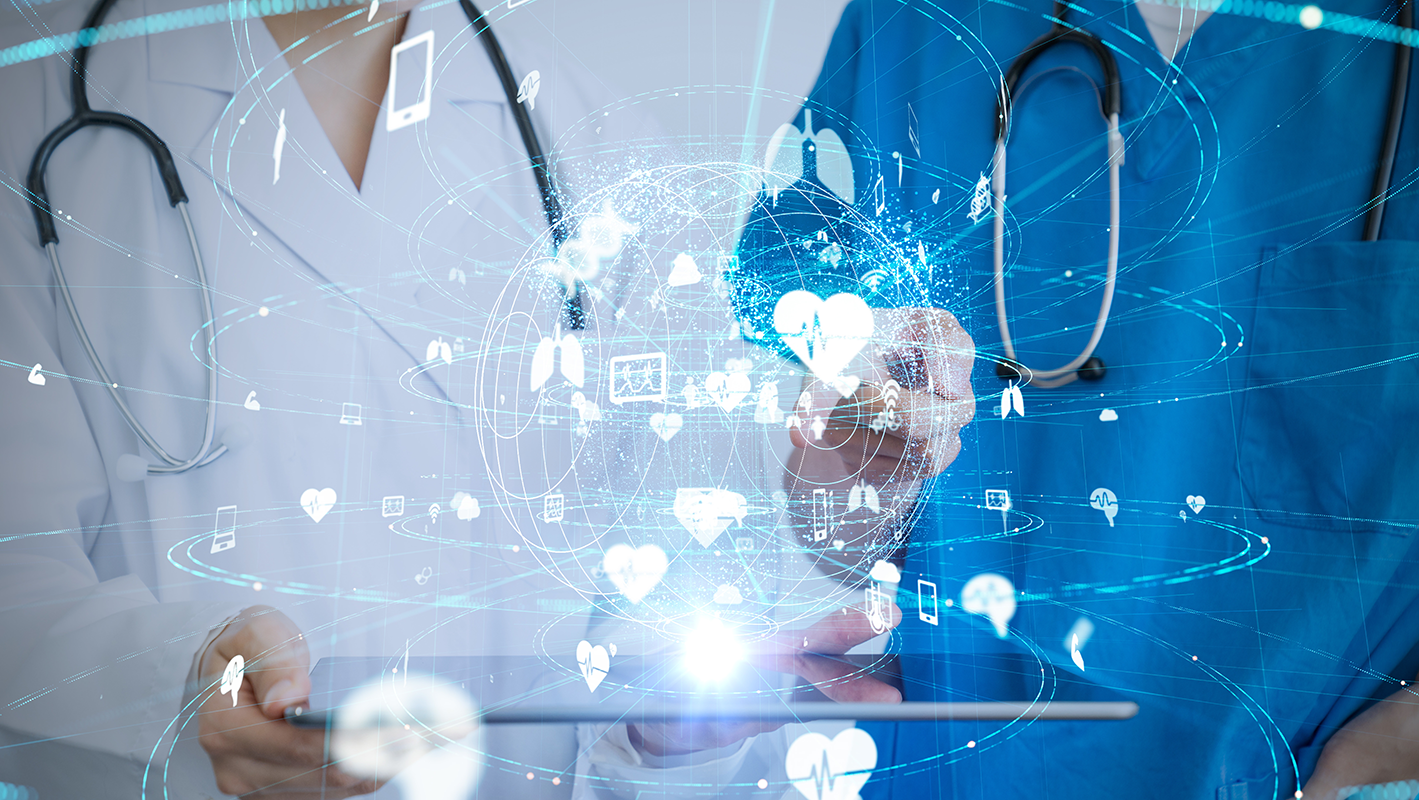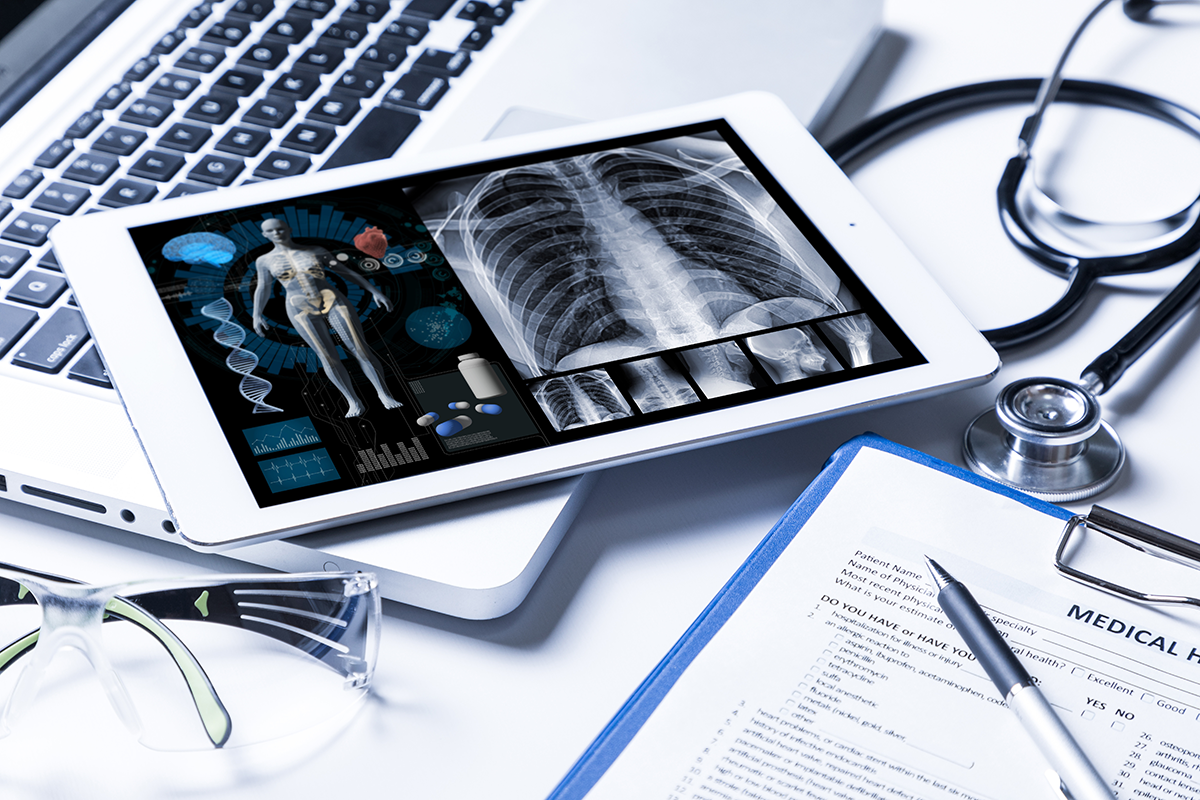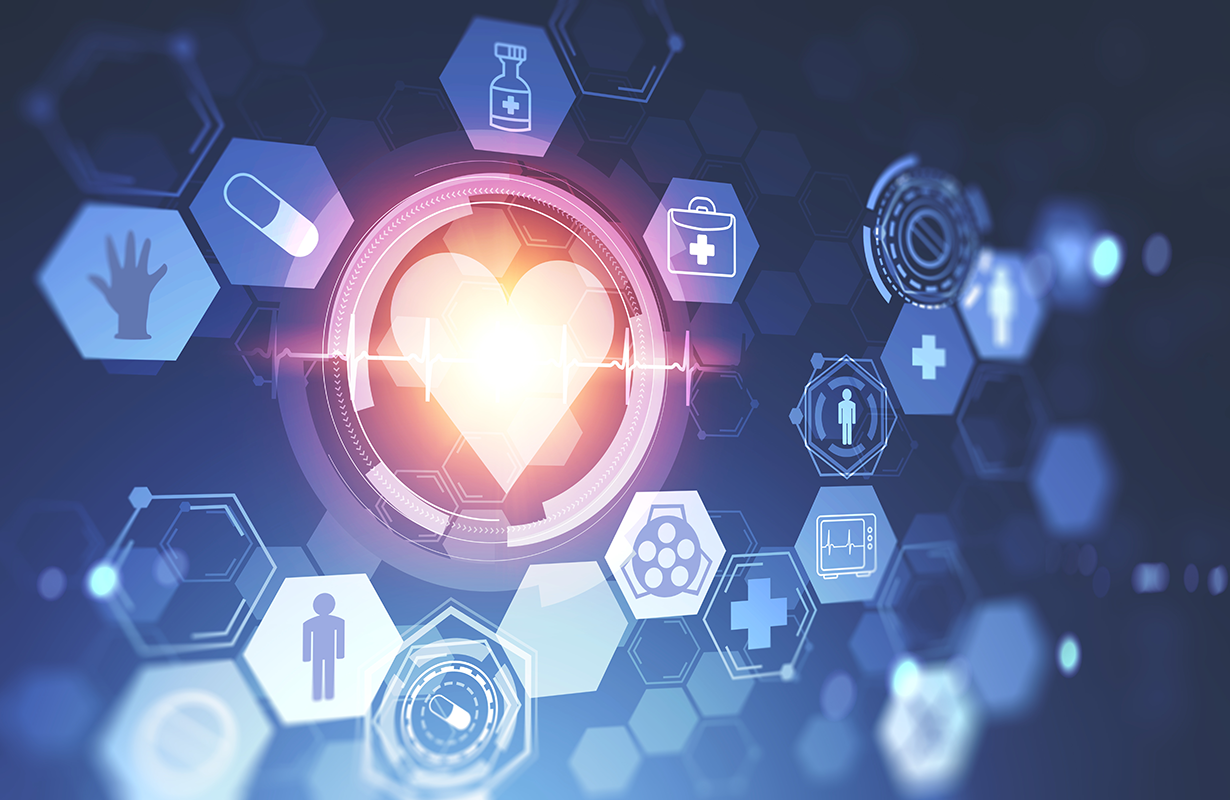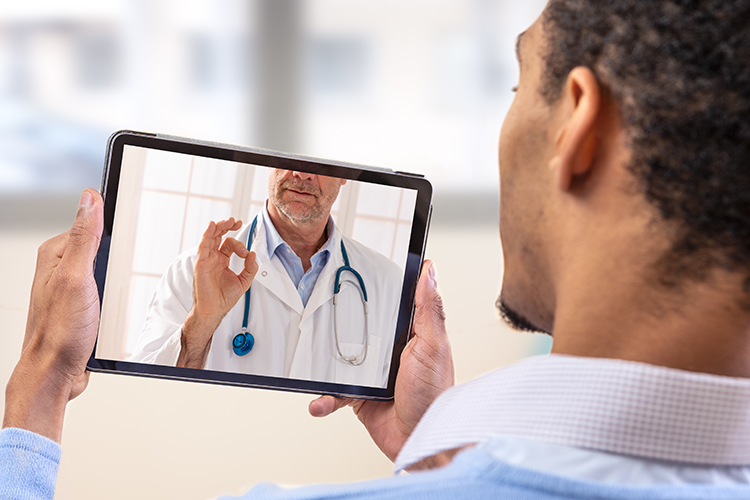How Technology Impacts the Healthcare Industry
Tele-Medicine
Application modernization or transformation are frequently used buzzwords throughout most industries today. Yet few industries have gone through a more major transformation than the healthcare industry.
We are all of an age where we remember paper files during our visits, limited access to remote care, and an absence of any sort of mobile solutions.
Information Technology has brought about a massive shift in how healthcare is delivered and consumed by everyone today. The Covid crisis has amplified much of this adoption, with physician practices accelerating their adoption of tele-medicine, among other advances.
Data Patterns, AI and Better Outcomes
In addition, patients now have access to some of the best diagnostic tools, treatments, and a myriad of minimally-invasive procedures resulting in better, more pain free, and quicker outcomes.
Algorithms now exist, with more in the pipeline which utilize AI to consume massive amounts of structured and unstructured data to determine new drug combinations (including possible COVID-19 treatments).
Remote consultations with specialists, targeted treatments, and the availability of intuitive mobile apps have led to improved patient care and a superior healthcare experience overall. Additionally, the availability of newer treatment technologies leading to better outcomes has enhanced the quality of life of the patients as well.
TxMQ Helping the Healthcare Industry Modernize
TxMQ has been a long time trusted technology partner, helping organizations in the highly regulated Healthcare industry take steps towards modernization.
Our services cover a wide range of areas including Application Development and Modernization, improving Data Storage and Management, and EDI designed to boost hospital and administrative productivity, give new insights into medicines and treatments, and improve the overall quality of care provided. From planning initial steps, to implementation and management of systems we help to ensure highly available, and mission critical systems are running efficiently and effectively.
Learn more below about how modernizing technology is changing the Healthcare industry.
Digitization of Health Records
Nearly long gone, are the paper files of our past. Digital records, stored and logged securely are slowly becoming the norm throughout north America and the world. Opening up the possibility of leveraging specialists near and far for improved diagnostic capabilities.
This increases the opportunity to not only optimize processes by studying logged workflows, but offers the opportunity for more informed medical decision making, all resulting in better outcomes while reducing costs.
Mobile App Technology in the Medical Field
Mobile applications have advanced dramatically over the recent decade. Giving patients quick access to their records, appointment setting, history and reminders, as well as add on tools to track and manage dietary needs, personal fitness and prescriptions.
On the provider side, these solutions often front systems offering physicians better tools to manage their patient populations. In addition, macro views of patient data allows for early trend analysis in the event of seasonal or unusual disease outbreaks. These apps can also help physicians by reducing time spent in the filing, record maintenance, and other routine tasks.
With back end integration to payer systems, valuable (and anonymized) data can be made available to payers allowing for better and quicker reimbursement decisions.
Mobile apps can also provide access to drug information to help prevent side effects and interactions, solve problems, and improve diagnosis.
Electronic Medical Records
Electronic medical records have been around now for decades. Yet only recently have we begun to see the widespread adoption of these systems. They afford physicians with a broad overview of their patient population, while at a more granular level, allow patients to see digital summaries of their health history. Data includes information on procedures, diagnoses, prescriptions, and more.
These records enable the rapid and secure sharing of records (with patient permission) among providers and facilities, without the need for patients to physically carry paper and records to various providers.
From a regulatory and compliance standpoint, EMR systems also improve accountability, and enable better decision making for payers when needed, while also reducing the pain (and hopefully incidence) of malpractice.
Big Data and the Cloud
The opportunity to analyze massive amounts of structured and unstructured data has begun to reap significant rewards in healthcare. The most notable examples are AI systems like IBM’s Watson Health, and it’s ability to diagnose multiple diseases, including melanomas from image files.
In addition, there are multiple companies currently working on algorithms to analyze drug interactions to determine alternate treatment options, and drug cocktail combinations.
Securing FDA approval for human use of drugs is a cumbersome, time consuming and hugely costly effort. Big data affords companies the opportunity to instead, analyze the thousands of already approved drugs including their molecular makeup, to determine if some might be appropriate treatments for newly discovered diseases like the novel COVID-19 virus.
Cloud storage of data can help improve efficiency and accessibility while improving security (properly implemented). This also helps in research and development of new treatment protocols and lifesaving pharmaceutical formulations. In fact, cloud services can be invaluable for medical research, providing vast amounts of research and analysis and facilitating efficient health information exchange.
Telemedicine/Telehealth
Widely available in many parts of the world for a number of years, the COVID-19 crisis has, as previously stated, accelerated the adoption of a number of healthcare technology breakthroughs. At the top of this list must be Telehealth.
The ability of patients to remain safely at home, while conducting a secure video conference with their physician (who again, could be anywhere in the world) is truly game changing. Beyond the immediacy of such care, are the dramatic cost savings. Physicians can schedule a greater number of targeted tele sessions in the time it normally takes for a single in person visit. In addition, integrated systems ensure the seamless and accurate billing for the delivery of these services.
In addition, telemedicine can allow physicians to remotely track patient data for critical care instance including those patients with implanted devices. This can significantly reduce waiting time for patients; speeding up treatment delivery processes.
What’s left to do
We still live in a world of multiple non compatible systems. Universal interfaces designed to allow for the interoperability of many of these systems are still mired down in vendor politics creating roadblocks for integration efforts. In addition, inconsistent governmental regulation around privacy create challenges around diagnostic data sharing in cross border situations.
Also, the costs of these systems at initial implementation is prohibitive for smaller, oftentimes rural practitioners.
Reach out for more information on how TxMQ can make these technologies more accessible to your organization, helping you to continue to shape the future of Healthcare.
Get in touch….
